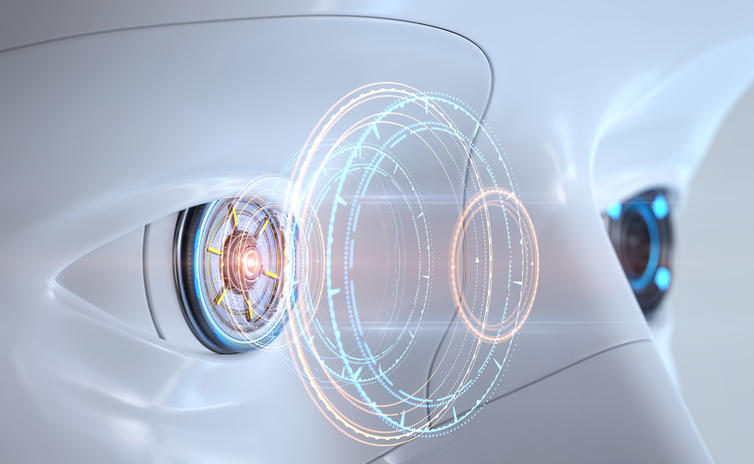Identity and access management (IAM) has become more complex with the advancement of technology. In the early days of the internet, managing user accounts and passwords was relatively straightforward. However, with the introduction of various account types such as user, guest, admin, and service accounts, and the requirement for stronger passwords, IAM has become more challenging.
Nowadays, a minimum of eight characters, including uppercase and lowercase letters, numbers, and special characters, is required for password creation. Additionally, there is the incorporation of personal identification numbers (PINs), two-factor authentication (2FA), multi-factor authentication (MFA), biometrics, soft and hard tokens, card readers, proximity sensors, and photo ID to enhance individual access and identification profiles.
With the implementation of these tools to manage data access and security, one might assume that cyberattacks would be a thing of the past. However, that assumption would be incorrect. Cybercriminals have adapted their methods to exploit vulnerabilities in cybersecurity standards, including the utilization of artificial intelligence (AI) and machine learning (ML) to hack into accounts.
AI plays a significant role in cybercriminals’ ability to remain undetected within a company’s network for extended periods. During this time, they can establish back doors into critical infrastructure systems. Once ready to execute an attack, they can eavesdrop on meetings, extract data, spread malicious software, create privileged accounts, and install ransomware.
AI is particularly effective for cybercriminals due to its ability to learn and anticipate actions in real-time. It allows hackers to camouflage themselves behind an organization’s website or infrastructure, making it difficult to track their activities.
Recent reports from Malwarebytes suggest a surge in cyberattacks involving AI and ML. Hackers hide behind organizational websites or infrastructures, necessitating the adoption of AI and ML by companies to bolster their network security.
Fortunately, AI can also be used to strengthen cybersecurity initiatives. The global market for AI cybersecurity technologies is expected to grow significantly in the coming years, reaching $46.3 billion by 2027. AI and ML-powered systems such as security event management (SEM), security information management (SIM), and security information and event management (SIEM) enable security teams to detect threats faster and respond more efficiently.
These technologies can automatically block users from accessing files if malicious activity is detected on a particular IP or endpoint. However, it is important to note that AI should not replace traditional security approaches but should complement them. Integrating AI with authentication, biometric technology, and multi-factor authentication can enhance an organization’s defenses. For instance, the use of password managers can automate the creation, update, and evaluation of password strength.
To effectively strengthen cybersecurity, a combination of AI, sound security practices, and security-by-design methodologies such as zero trust should be employed. Zero trust ensures that no user or device is automatically trusted within a network, reducing the risk of unauthorized access.
In conclusion, AI and ML are powerful tools that have revolutionized various aspects of business, including network security management. Security professionals must adapt to the evolving landscape and adopt best practices for incorporating AI into IAM architecture. Utilizing AI alongside traditional security methods can enhance cybersecurity measures and protect organizations from ever-evolving cyber threats.
